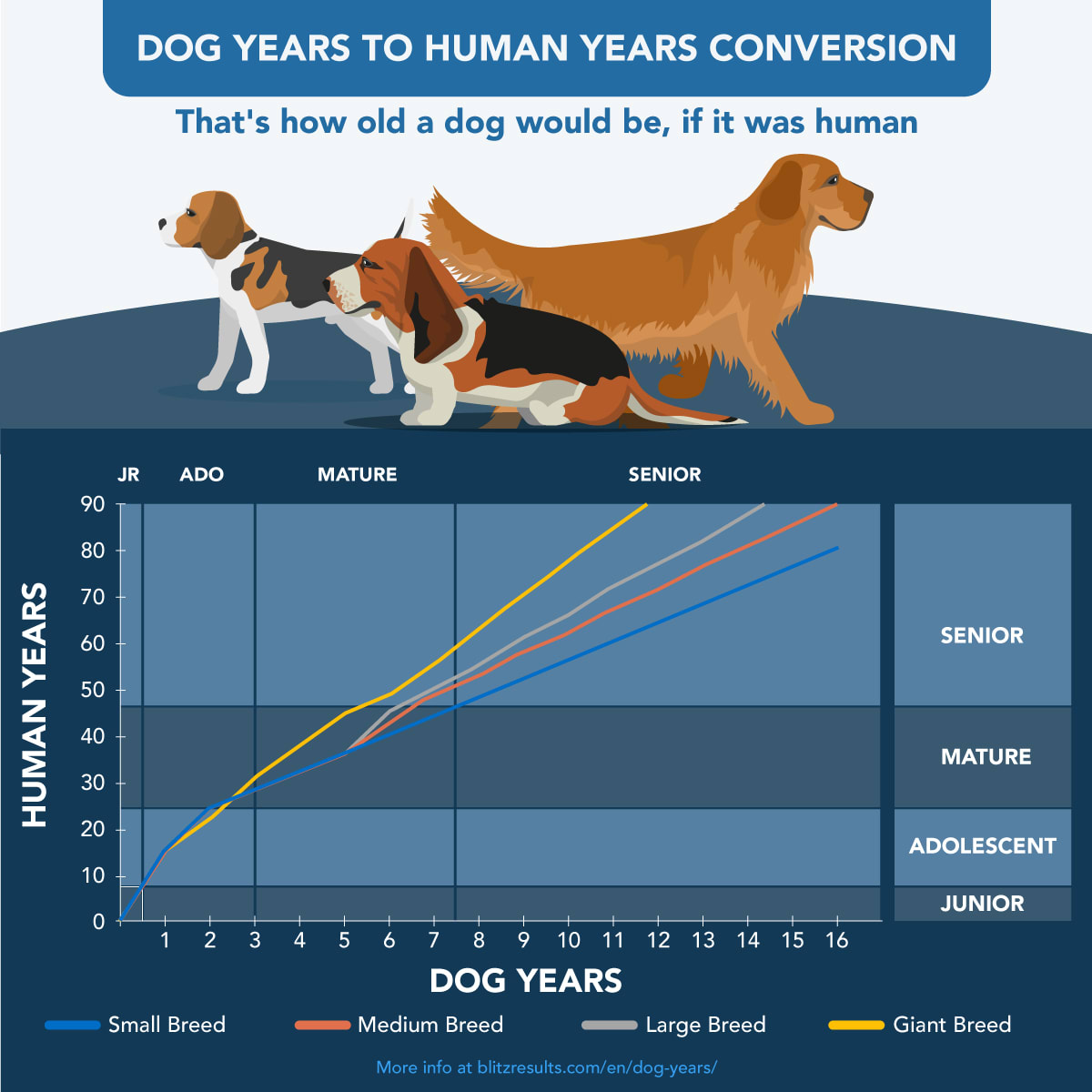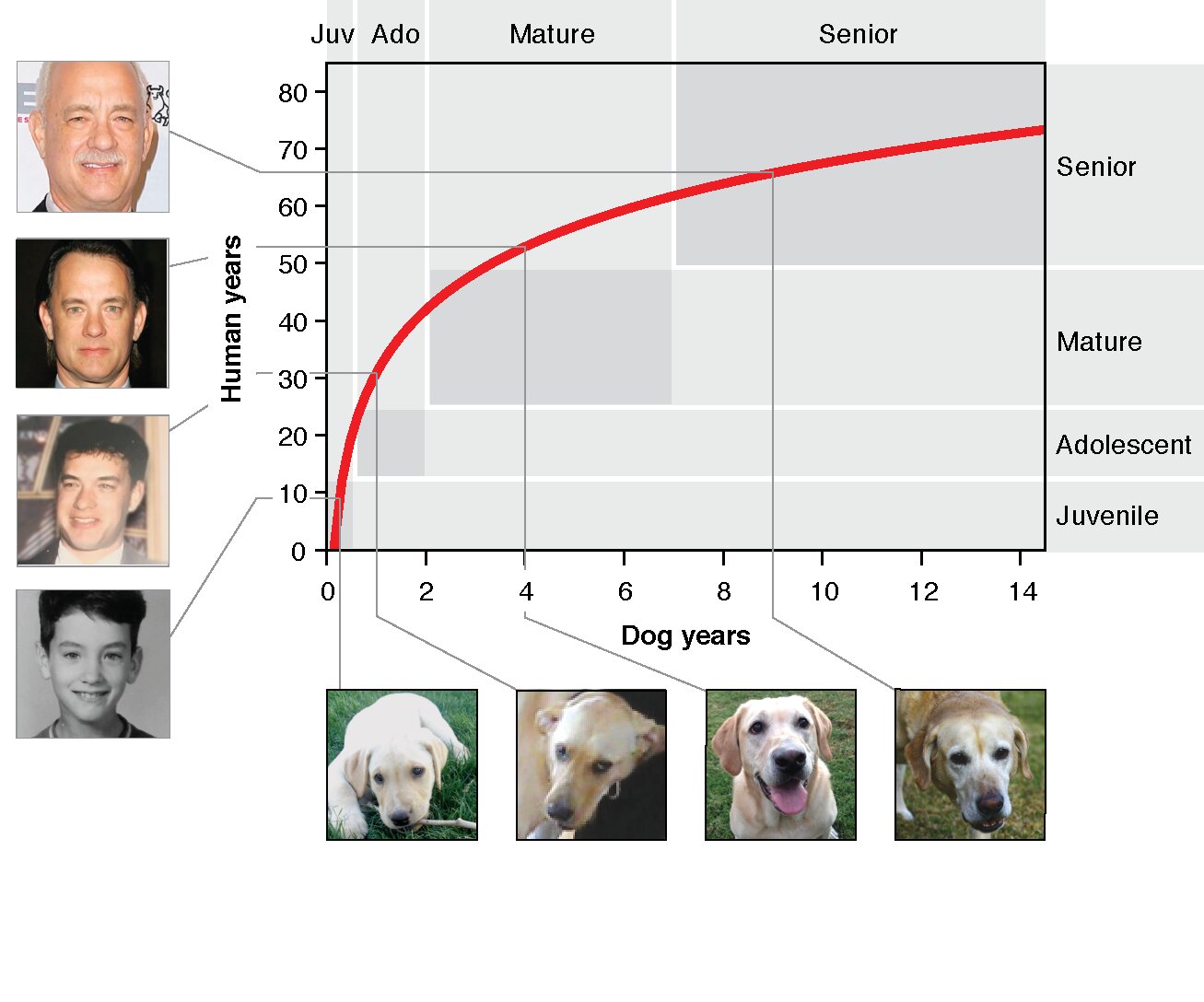With dog 5 months in human years at the forefront, this paragraph opens a window to an amazing start and intrigue, inviting readers to embark on a storytelling journey filled with unexpected twists and insights.
The content of the second paragraph that provides descriptive and clear information about the topic
Age Conversion
:max_bytes(150000):strip_icc()/daily-paws-dog-age-chart-0847ebbf23e9400e97453fdfd17f060d.png)
Determining the human age equivalent of a dog’s age is crucial for understanding their developmental stage and providing appropriate care. The formula used for this conversion is:
Human Age = (Dog Age in Months x 4) / 12
To provide a clearer understanding, the following table Artikels different dog ages and their corresponding human age equivalents:
Age Equivalency Table
| Dog Age (Months) | Human Age (Years) |
|---|---|
| 1 | 14 |
| 3 | 26 |
| 6 | 42 |
| 9 | 58 |
| 12 | 74 |
Developmental Milestones

At five months, dogs have made significant developmental progress, both physically and cognitively. They are becoming increasingly independent and curious, and their behavior is becoming more refined.
Physical Development
- Dogs at this age have typically doubled their birth weight.
- Their teeth are fully developed, and they are able to eat solid food.
- They are becoming more coordinated and agile, and they are able to run, jump, and climb.
Cognitive Development
- Dogs at this age are able to learn simple commands, such as “sit,” “stay,” and “come.”
- They are also able to solve simple problems, such as finding a hidden toy.
- Their memory is also improving, and they are able to remember people and places.
Behavioral Development
- Dogs at this age are becoming more independent and confident.
- They are also becoming more social, and they enjoy playing with other dogs and people.
- However, they may also start to exhibit some challenging behaviors, such as chewing, barking, and jumping.
It is important to note that all dogs develop at their own pace, so some may reach these milestones sooner or later than others. However, if you are concerned about your dog’s development, it is always best to consult with your veterinarian.
Care and Nutrition
Puppies at 5 months of age have unique care and nutritional requirements that differ from those of adult dogs. Understanding and meeting these specific needs is crucial for their optimal growth and development.
One of the key aspects of caring for a 5-month-old puppy is providing a balanced and nutritious diet. The puppy’s diet should be high in protein to support muscle growth and development, as well as essential vitamins and minerals to ensure overall health.
Feeding Frequency
At 5 months of age, puppies typically require three meals per day. As they mature, the frequency of feeding can be gradually reduced to twice a day.
Dietary Considerations
When choosing a diet for your 5-month-old puppy, it is important to select a high-quality food that is specifically formulated for puppies. Avoid feeding adult dog food, as it may not meet the nutritional needs of a growing puppy.
Additionally, puppies at this age may require special dietary considerations, such as a diet high in fiber to support their developing digestive system or a diet low in fat to prevent pancreatitis.
Water Intake, Dog 5 months in human years
Ensuring adequate water intake is essential for the health of a 5-month-old puppy. Provide fresh water at all times and encourage your puppy to drink regularly, especially after meals and during playtime.
Training and Socialization: Dog 5 Months In Human Years
Training and socialization are crucial for dogs at 5 months of age. During this period, puppies are highly receptive to learning and eager to explore their surroundings. Effective training and socialization help shape a dog’s behavior, prevent problem behaviors, and build a strong bond between the dog and its owner.
Training
* Start with basic obedience commands such as sit, stay, come, and heel.
- Use positive reinforcement, such as treats or praise, to reward desired behaviors.
- Keep training sessions short and fun, no longer than 5-10 minutes at a time.
- Gradually increase the difficulty of commands as your dog progresses.
Socialization
* Expose your dog to a variety of people, animals, and environments.
- Attend puppy socialization classes to provide a safe and controlled environment for interaction.
- Take your dog on walks in different neighborhoods and parks to introduce them to new sights and sounds.
- Supervise all interactions and intervene if necessary to ensure positive experiences.
Common Health Concerns
As your 5-month-old puppy continues to grow and develop, it is essential to be aware of common health concerns that may arise. Early detection and treatment can help ensure your puppy’s long-term health and well-being.
Regular veterinary check-ups and vaccinations are crucial for monitoring your puppy’s health and preventing potential illnesses.
Parvovirus
- Parvovirus is a highly contagious viral infection that can cause severe gastrointestinal symptoms, such as vomiting, diarrhea, and dehydration.
- Puppies are particularly susceptible to parvovirus, and it can be fatal if not treated promptly.
- Vaccination is the best way to prevent parvovirus. The first vaccination is typically given at 6-8 weeks of age, with booster vaccinations following every 3-4 weeks until the puppy is 16 weeks old.
Canine Distemper
- Canine distemper is a viral infection that affects multiple systems in the body, including the respiratory, gastrointestinal, and nervous systems.
- Symptoms can vary depending on the affected systems, but may include fever, lethargy, vomiting, diarrhea, coughing, and seizures.
- Vaccination is essential for preventing canine distemper. The first vaccination is typically given at 6-8 weeks of age, with booster vaccinations following every 3-4 weeks until the puppy is 16 weeks old.
Kennel Cough
- Kennel cough is a highly contagious respiratory infection caused by a combination of viruses and bacteria.
- Symptoms include a hacking cough, runny nose, and sneezing.
- While kennel cough is usually not life-threatening, it can be uncomfortable and spread easily to other dogs.
- Vaccination can help prevent kennel cough, but it is not 100% effective. Avoiding contact with infected dogs and maintaining good hygiene can also help reduce the risk of infection.
Breed Considerations
The breed of a dog can significantly influence its development and needs. Different breeds have unique characteristics, temperaments, and physical attributes that affect their growth and care requirements.
For instance, giant breeds like Great Danes and Mastiffs mature more slowly than smaller breeds, reaching their full size and weight over a longer period. They also require more food and exercise to support their larger bodies.
Examples of Specific Breeds
- German Shepherds:Known for their intelligence, trainability, and loyalty. They require regular exercise and mental stimulation.
- Golden Retrievers:Friendly, outgoing, and eager to please. They need plenty of physical activity and enjoy retrieving games.
- Beagles:Curious, playful, and independent. They have a strong sense of smell and require ample exercise to prevent boredom.
- Poodles:Intelligent, hypoallergenic, and come in three sizes. They require regular grooming and exercise to stay healthy.
- Bulldogs:Brachycephalic (short-nosed) breed known for their friendly and playful nature. They need special attention to their breathing and exercise needs.
Exercise and Play

As your 5-month-old puppy continues to grow and develop, providing adequate exercise and play is crucial for their physical, mental, and emotional well-being. Regular exercise helps build strong muscles and bones, improves cardiovascular health, and promotes joint flexibility. Play, on the other hand, provides mental stimulation, socialization opportunities, and a chance for your puppy to express natural behaviors.
Aim for at least 30 minutes of moderate exercise per day, such as brisk walks, fetch, or playing in the park. Supervise your puppy closely during these activities to ensure they do not overexert themselves. Gradually increase the duration and intensity of exercise as your puppy gets older and stronger.
Appropriate Activities
- Walks on a leash
- Fetch
- Tug-of-war (gentle)
- Swimming (if your puppy enjoys it)
- Interactive puzzle toys
Suitable Toys
- Chew toys (e.g., Nylabones, Kongs)
- Puzzle toys (e.g., treat-dispensing balls, puzzle boards)
- Balls (e.g., tennis balls, rubber balls)
- Tug toys (e.g., rope toys, stuffed animals)
- Plush toys (for cuddling and comfort)
Closing Notes
The content of the concluding paragraph that provides a summary and last thoughts in an engaging manner
FAQ Overview
How accurate is the dog age calculator?
The dog age calculator is a general guideline and may vary depending on the individual dog’s breed, size, and overall health.
What are some common health concerns for 5-month-old dogs?
Common health concerns for 5-month-old dogs include parvovirus, distemper, and kennel cough.
How much exercise does a 5-month-old dog need?
5-month-old dogs need around 1 hour of exercise per day.